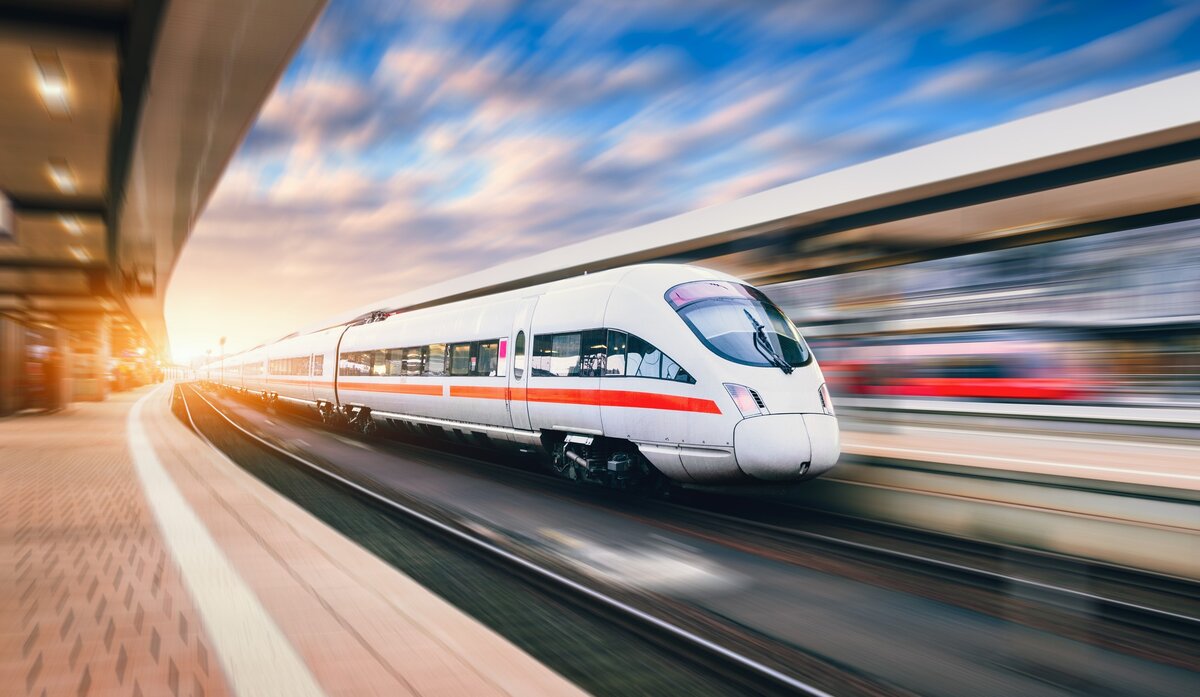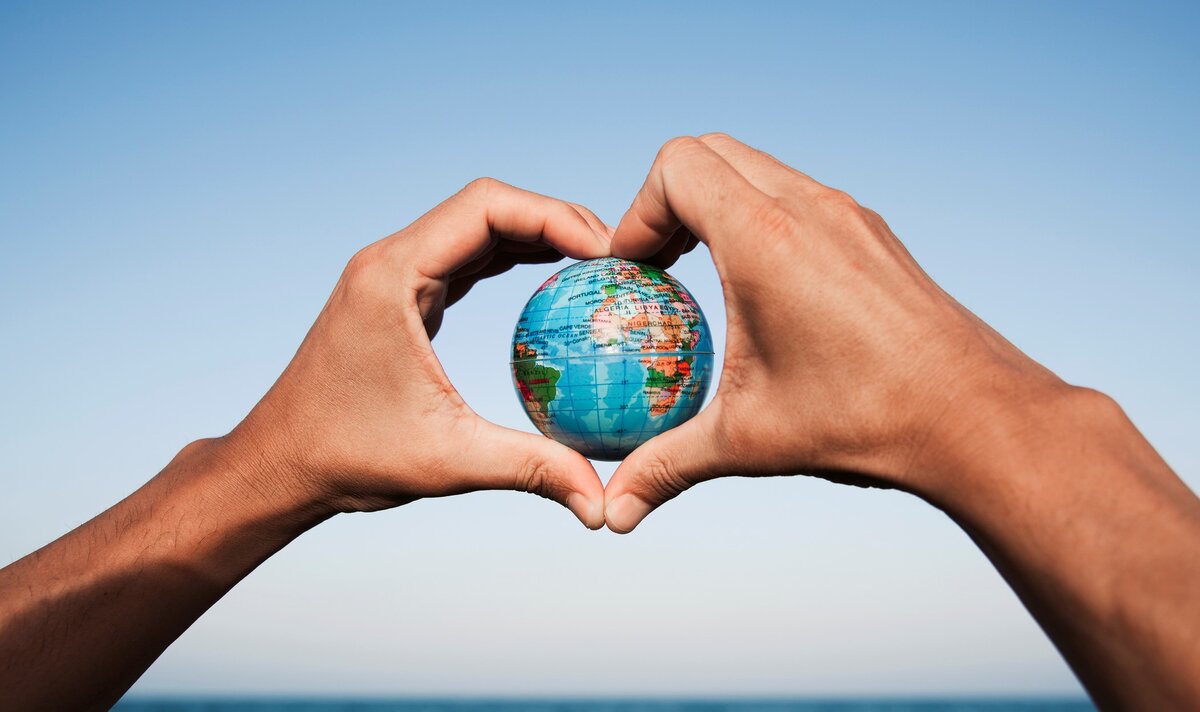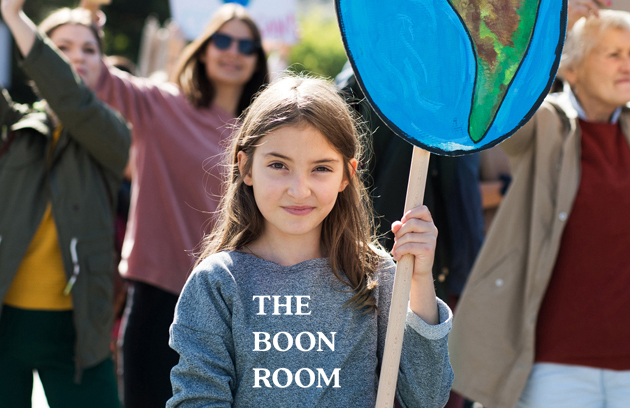We have all felt the soul-sucking feeling that your meeting could have been an email. For many of us, attending a pointless meeting means that we only have to walk down the hall or dial into a call. However, for some, it is much more wasteful than that. Multinational and international companies hold meetings around the world all the time, forcing employees to hop on a flight to sit in a meeting that could have been an email. For a brief while, we were able to curtail some of this needless travel. However, with restrictions lifted daily, that stint might be over.
Though the Covid-19 pandemic is slowing in the United States and things are returning to normal, we must assess what we want the new normal to be. Though things like spending time with family and eating out for dinner are being welcomed back with open arms, we must assess other aspects of normal life that no longer work. Air travel, it seems, might be on that list.
The Pandemic and Business Travel
Since March 2020, the world’s business travel has been reduced drastically. Not only was it not safe to travel internationally (or even domestically) during Covid-19, in some cases, it wasn’t even possible. Many countries closed their borders to foreign visitors, and airlines reduced or canceled flights according to demand. As a result, pollution from planes dropped a whopping 76%. Though this cannot be entirely attributed to business travel alone, it is essential to understand how much traveling for business affects our environment.
If Covid has taught us anything, it’s that a lot can be accomplished via a screen. Leveraging the changes we’ve learned from the past year to promote less travel could be a great benefit to businesses and their employees.
A Larger Carbon Footprint
The carbon footprint of flying for business is significantly higher than that of leisure travel. This is not only due to the frequency with which businesses send their employees to international meetings and corporate retreats, but it is also due to the nature of their travel. Business-class seats on an airplane inherently take up more room than economy. Because there is more room per seat, the airline cannot fit as many seats on the plane. This means that one person is using more space, creating more pollution than a person in a smaller seat. Though this may seem insignificant, the environmental consequences are devastating.
Leisure Travel Consequences
As the pandemic winds down, many people want to get out of their homes and states and see the world they’ve missed so much. While this is normal, it is important to understand the environmental consequences of leisure travel. Flying internationally in economy is slightly less wasteful than business class but still creates a staggering amount of carbon dioxide emissions per person. To give you an idea, the average flight from New York to London creates about 0.67 ton of CO2 emissions.
This is about 11% of what the average UK household uses in an entire year. To travel round trip, then, would create nearly 25% of the pollution of a UK home for a whole year, and twice the amount of pollution that the average Ghanian family would use for an entire year. This kind of waste is not sustainable, and as we are near the point of no return when it comes to global warming, making changes is more important than ever.
How Does Traveling Affect the Environment?
These facts can be difficult to care about when it is unclear how CO2 and other substances affect our environment. As you likely remember from high school science classes, carbon dioxide is a dense gas. We, as humans, expel a small amount of it every time we exhale. Though it naturally occurs in our bodies, it is toxic for us to breathe in. Trees and plants take in CO2 and turn it into oxygen, which we can inhale. This process occurs without us noticing and is generally not a problem as the quantity of CO2 that we emit during breathing is minimal.
However, the amount of CO2 given off by planes is much higher than what we exhale regularly. It would take 178,000 acres of trees over a year to offset the carbon emissions of one large company’s flying habits alone. Our world does not have enough trees to perform this action fast enough, and the CO2 is becoming stuck in our atmosphere. This results in less breathable air, contributing to holes in the ozone layer at the North and South poles. These holes let in more intense sunlight, causing our atmosphere to warm, ice caps to melt, sea levels to rise, flooding to occur, and devastation to result all over the world.
Is It Better for the Environment to Drive or Fly?

The natural response to this crisis is developing a plan of action to see other parts of the world without creating so much waste. For many people, this brings up the question of driving vs. flying and which is better. The answer to this depends on several factors, including:
- The type of car
- The type of airplane ticket/class and the population of the plane
- The distance traveled
- The number of people in the vehicle
If you have an electric car, driving is always more eco-friendly than flying. If you have a traditional or diesel vehicle, you’re likely omitting a similar amount (or more) of CO2 if you are traveling alone in a car vs. with others on an airplane. However, if you are driving a traditional or diesel car and are traveling with three other people in the car, your CO2 emissions are much lower than if you all had flown to your destination.
The Most—and Least—Eco-Friendly Ways to Travel
The biggest question on many people’s minds is how to travel in an eco-friendly way. Travel is an essential part of our culture, and many people can’t avoid driving or flying at least some distance to see family or perform basic tasks for work. There are ways to make sure you are minimizing your CO2 emissions when traveling.
Trains
Trains give off a minimal amount of emissions compared to other options. They are a fantastic way to ensure that you get somewhere quickly and produce as few emissions as possible. However, it does depend on the type of train. Electric trains give off the fewest emissions, while diesel trains give off a fairly significant amount. If you want to be eco-conscious, be sure to research the types of trains available before booking a ride.
Buses
Buses can be a solid alternative for the eco-conscious traveler, depending on the situation. A standard bus wastes more CO2 than a car carrying four passengers. However, it is still better than driving a standard car with only one person inside. Coach buses are better than both, giving off fewer emissions than a domestic rail train.
Boats
Ferries or small boats can be a great option in some places. This type of boat gives off small amounts of CO2 compared to other options. It is important to note, however, that cruise ships do not fit into this category. The boat options that are environmentally responsible likely won’t get you very far and probably can’t replace flying when it comes to transatlantic travel.
Cars
As discussed above, cars can be a good option if you fit one or both the following criteria:
- The car is electric
- There are four passengers in the vehicle
If neither of these can be achieved, most other options are preferable.
Planes
As you may have guessed, planes are perhaps the least eco-friendly option for travel. Though the CO2 emissions vary, the non CO2 emissions and altitude effects make them eco-disasters. Generally, if you can avoid flying, you should.
Solutions to the Travel Crisis

It is hard to imagine a world without travel of some kind. This feeling is why many people ignore the climate consequences and jet to their heart’s desire. Fortunately, there may be some solutions to this issue that can create a system where travel is possible but sustainable.
Utilizing Technology
One of the foremost solutions to this issue is relying more heavily on modern technology to help us connect. Rather than flying employees around the world for meetings and connections, companies can, and should, use services such as Zoom instead. Often, physical presence in these meetings is unnecessary, and the work can be done remotely. As we become more accustomed to this idea, more technology will develop to help bridge the gap.
Increasing the Price of Fossil Fuels
The sad truth is that little change is likely to be made unless there are economic consequences as well as environmental ones. We live in a world that prefers instant satisfaction, and many people don’t think about the future when making decisions that affect the environment. Raising fossil fuel prices would create an immediate consequence that may help individuals and companies think twice before booking an unnecessary ticket.
Building and Using Trains
At one point, not terribly long ago, trains were a central mode of transportation. As air technology advanced, most people began to opt for the convenience of flying. However, returning to trains, especially electric trains, as a mode of transportation is a great way to reduce emissions. France has banned air travel for short flights, encouraging travelers to use the highly developed train system in Europe for their travel needs. In actuality, Eurostar and other train systems are not too much slower than a plane ride, especially for short trips.
Creating Legislation
The truth of the matter is that some people do not care about the environment. These people will continue to create large amounts of CO2 with no regard for others, despite facts and figures that encourage them to do otherwise. If you would like to prevent these people from behaving this way, it is time to turn to legislation for help. Calling your senators, lobbying for the planet, participating in drives and awareness events, and ensuring that your voice is heard within the government are fantastic places to start.
Creating an Eco-Friendly World
 As we emerge on the other side of this pandemic, it is essential to ask ourselves what we want our new world to be like. This time with limited air travel has shown us just how wasteful our habits are. The drop in emissions over the last year highlighted the change we can make and how many businesses can continue doing their work without frivolous or unnecessary travel. A lot of these airplane pollution facts are scary, and they should be.
As we emerge on the other side of this pandemic, it is essential to ask ourselves what we want our new world to be like. This time with limited air travel has shown us just how wasteful our habits are. The drop in emissions over the last year highlighted the change we can make and how many businesses can continue doing their work without frivolous or unnecessary travel. A lot of these airplane pollution facts are scary, and they should be.
If we don’t make the necessary changes, the planet will make them for us.

The Boon Room is more than a website, brand or service. It’s an idea. It’s a project. It’s a mission. It’s a coming together of companies, investors, cultivators, manufacturers, distributors, retailers and inspired entrepreneurs who believe businesses need to look for ways to invest in sustainablity.

